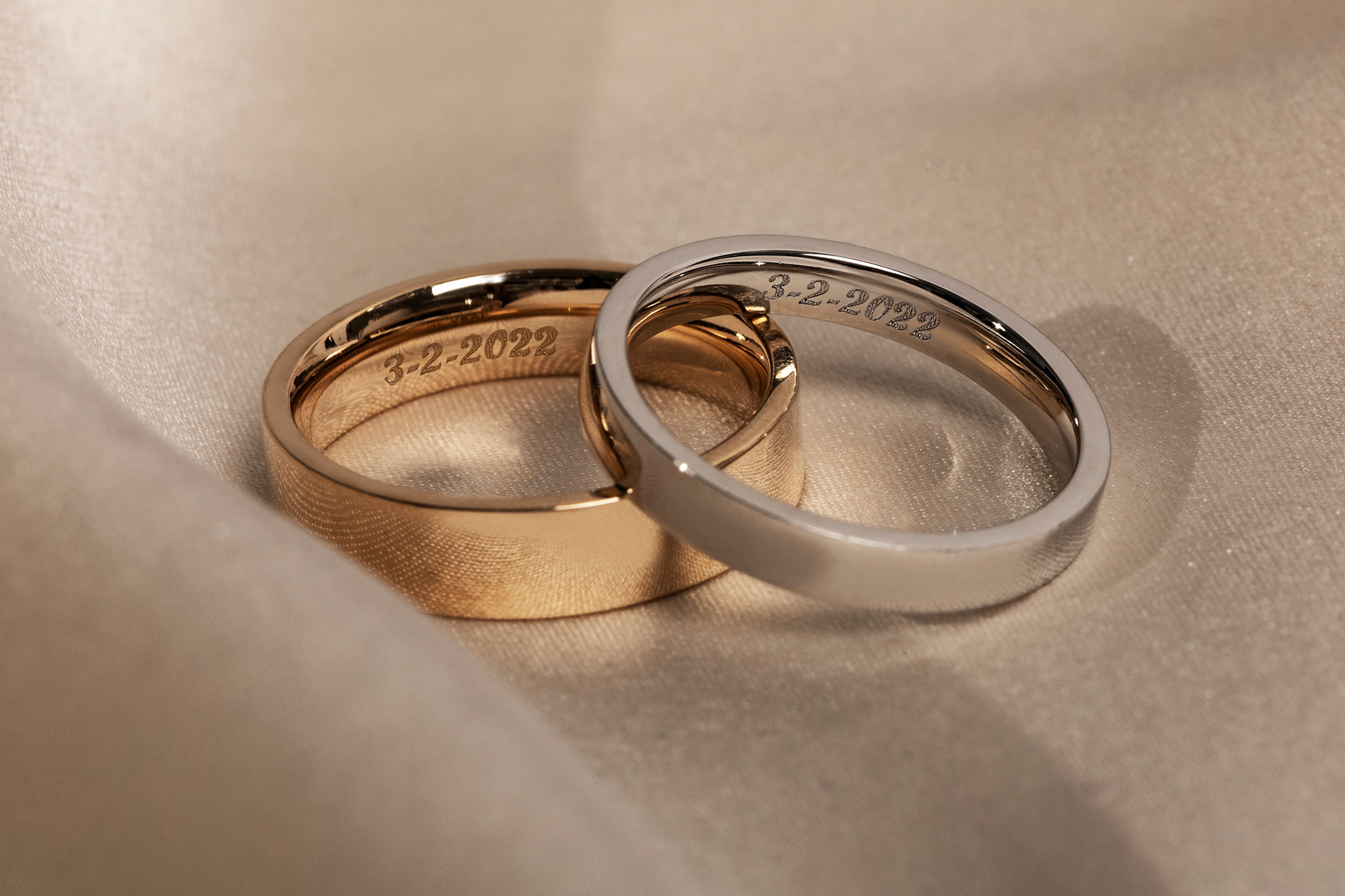Wedding rings – The Most Important Jewelry in Life
Wedding rings symbolize the eternal love and commitment shared between couples. Today, there is a wide variety of wedding ring styles available, each with its unique features and aesthetics. From classic and timeless designs to modern and unique creations, couples have numerous options to choose from. In this guide, we will explore a diverse range of beautiful wedding ring styles, highlighting their characteristics and helping couples find the perfect ring to symbolize their love.
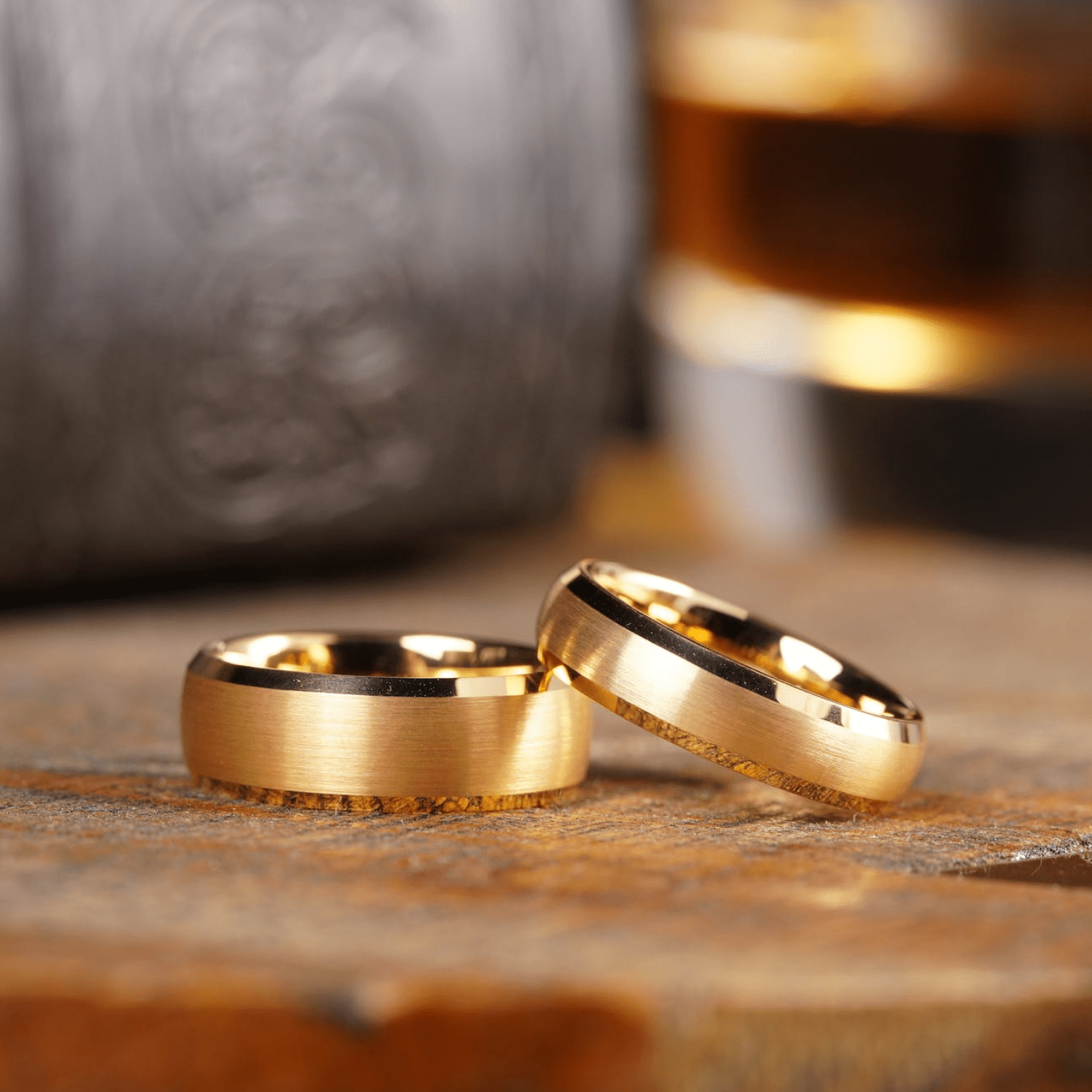
Classic Wedding Rings:
Classic wedding ring styles are timeless and elegant, appealing to those who appreciate traditional designs. Consider the following options:
- Plain Metal Bands: Simple and understated, plain metal bands in gold, platinum, or silver are versatile and suitable for all genders. They offer a clean and timeless look.
- Milgrain Bands: Milgrain-detailed bands feature delicate beaded edges that add a touch of subtle sophistication to a classic design.
- Court Shape Bands: Court shape bands are rounded on the inside and outside, providing exceptional comfort and a sleek appearance.
Vintage-Inspired Wedding Rings:
Vintage-inspired wedding rings capture the nostalgia and romance of bygone eras. Consider the following options:
- Victorian Rings: Victorian-style rings feature intricate detailing and ornate engravings inspired by the jewelry of the Victorian era. They exude an air of femininity and vintage charm.
- Art Deco Rings: Art Deco rings embrace geometric patterns, bold designs, and vivid gemstones. They are characterized by their symmetrical and streamlined appearance, harking back to the glamorous 1920s and 1930s.
- Edwardian Rings: Edwardian-style wedding rings are delicate and ethereal, showcasing lacy filigree work, intricate designs, and often feature vibrant gemstones in antique settings.
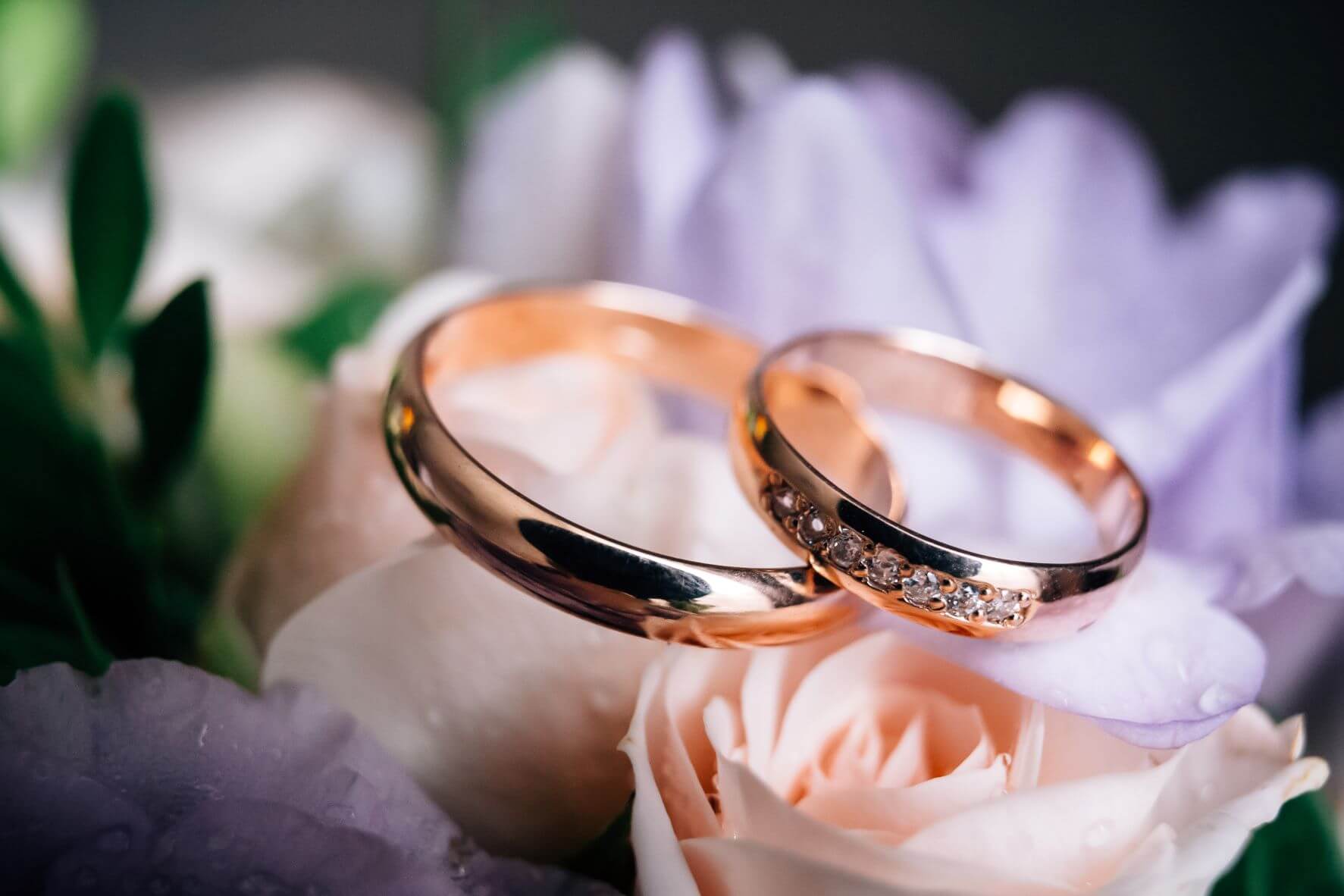
Unique and Contemporary Wedding Rings:
For those seeking unconventional designs and contemporary aesthetics, unique wedding rings offer endless possibilities. Consider the following options:
- Stackable Rings: Stackable rings allow for a mix-and-match approach, pairing different metals, gemstones, or textures to create a personalized and dynamic display.
- Mixed Metal Bands: Combining different metals, such as white gold, rose gold, and yellow gold, creates a visually striking and modern appearance. The contrasting tones add depth and complexity to the ring design.
- Textured Bands: Textured bands offer an unconventional twist, featuring grooves, hammered finishes, or carved patterns that add depth, visual interest, and a tactile element to the ring.
Gemstone Wedding Rings:
Gemstone wedding rings provide a vibrant and personalized touch, making them an excellent choice for those seeking a splash of color. Consider the following options:
- Colored Gemstone Bands: A colored gemstone, such as sapphire, emerald, ruby, or morganite, can be included in the design either as the main feature or as accent stones alongside diamonds.
- Birthstone Rings: Incorporating birthstones into wedding rings allows for a deeper personal connection. Each partner can wear their birthstone or combine both birthstones in a single ring design.
- Halo Settings: A halo of small gemstones, such as diamonds or colored gems, surrounding a center stone creates an eye-catching and glamorous effect.
How to measure wedding rings
Finding the perfect fit for wedding rings is essential to ensure comfort and longevity. Accurate measurements help couples choose the right ring size, ensuring a snug fit without being too loose or too tight.
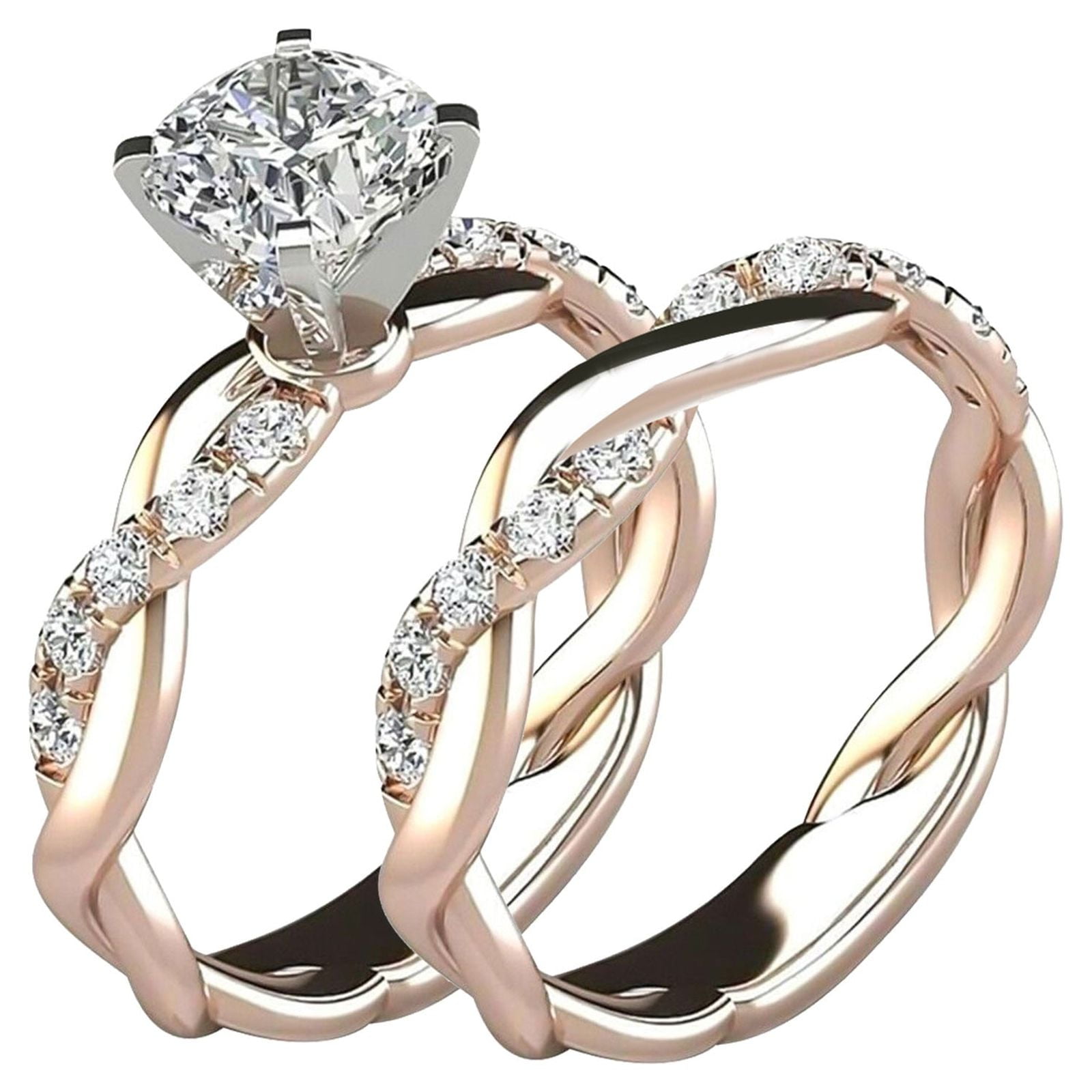
Understanding Ring Sizing:
Before measuring wedding rings, it is crucial to familiarize yourself with the concept of ring sizing. Consider the following aspects:
- Ring Size Standards: Ring sizes are typically measured using standard international scales, such as the US, UK, or European sizing systems. These systems use numerical or letter codes to represent different sizes.
- Width Considerations: Wider bands generally require a slightly larger size than narrower bands due to the additional material that comes into contact with the finger.
- Weather and Finger Swelling: Keep in mind that temperature and humidity can affect finger size, so it is recommended to measure when your fingers are at a regular temperature and not swollen.
Professional Ring Sizing:
Obtaining professional ring sizing is the most accurate way to determine ring size. Consider the following options:
- Jeweler Consultation: Visit a local jewelry store and ask a professional jeweler to measure your ring size. They will use specialized tools, such as a set of sizing rings or a mandrel, to determine the correct size.
- Online Ring Sizer: Some online jewelry retailers offer virtual ring sizers that allow you to measure your ring size at home. These tools provide instructions and printable ring sizer guides.
- Adjustable Ring Sizer: Purchase an adjustable ring sizer, also known as a belt sizer or ring mandrel, to measure your ring size at home accurately. These tools can be easily adjusted and provide accurate measurements.
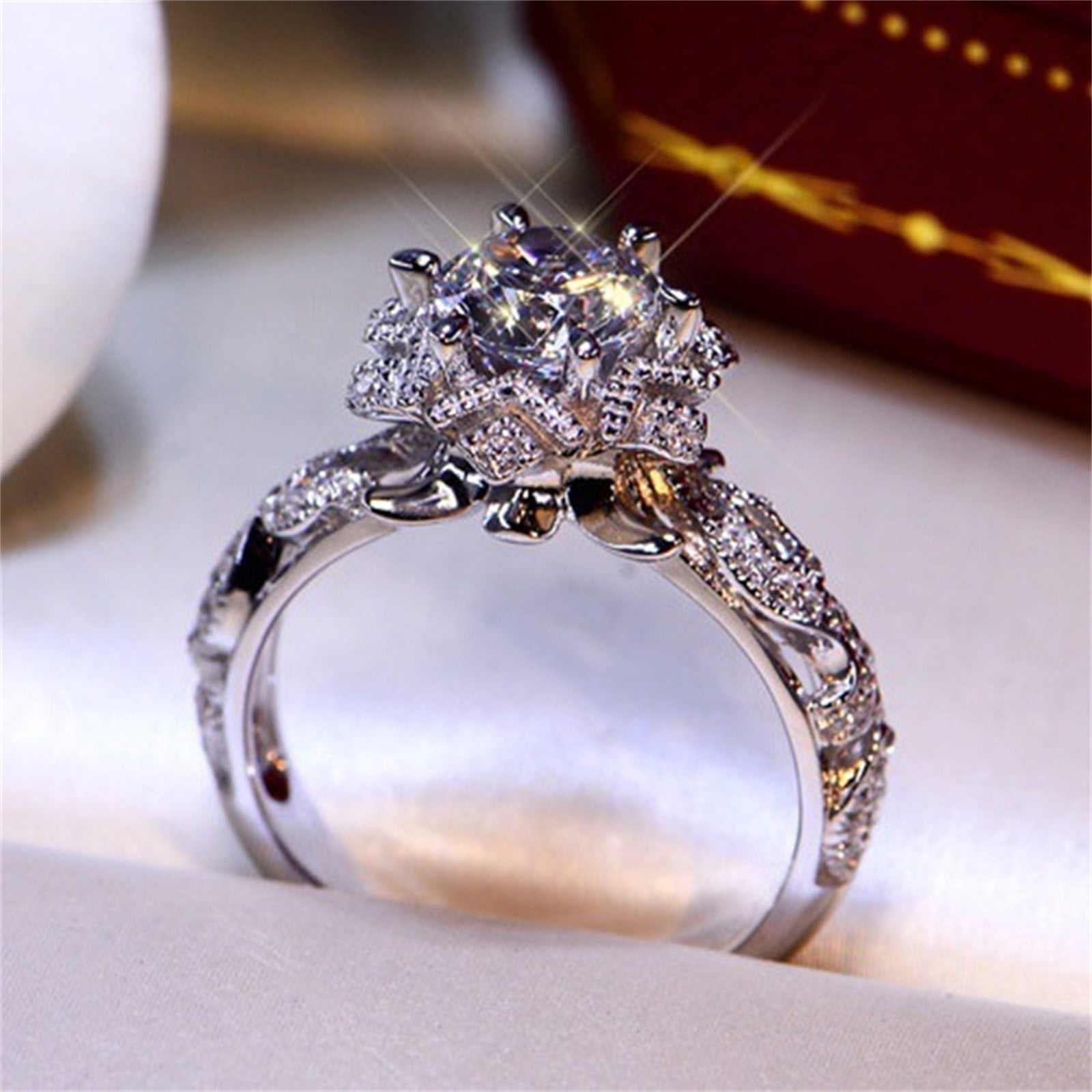
Measuring Ring Size at Home:
In the absence of professional tools, you can measure ring size at home using various techniques. Consider the following methods:
- String or Paper Method: Wrap a piece of string or paper around the base of the finger you plan to wear the ring on. Mark the point where the string or paper overlaps, then measure the length with a ruler. Compare the measurement to a ring size chart to determine the size.
- Printable Ring Sizer: Several websites provide printable ring sizer templates. Ensure accurate measurements by following the instructions on the template, including checking scale accuracy and aligning the ring with the appropriate sizing circles.
- Existing Ring Comparison: If you have a well-fitting ring of the same width, you can place it on a ring sizer or a circular sizing guide to determine its size. Alternatively, measure the diameter or circumference of the inside of the ring and compare it with a ring size chart.
Tips for Accurate Measurements:
To ensure precise ring size measurements, consider the following tips:
- Measure Multiple Times: Repeat the measurement process several times to obtain consistent results. Finger size can vary slightly due to factors such as temperature and time of day. Take multiple measurements throughout the day to ensure accuracy.
- Consider Finger Shape: Finger shape can affect ring size. People with larger knuckles may need a slightly larger ring size to ensure a comfortable fit over the knuckle while still being snug on the finger.
- Seek Professional Guidance: If you are unsure about the accuracy of your self-measurements or if you fall between two sizes, consult a professional jeweler for assistance.
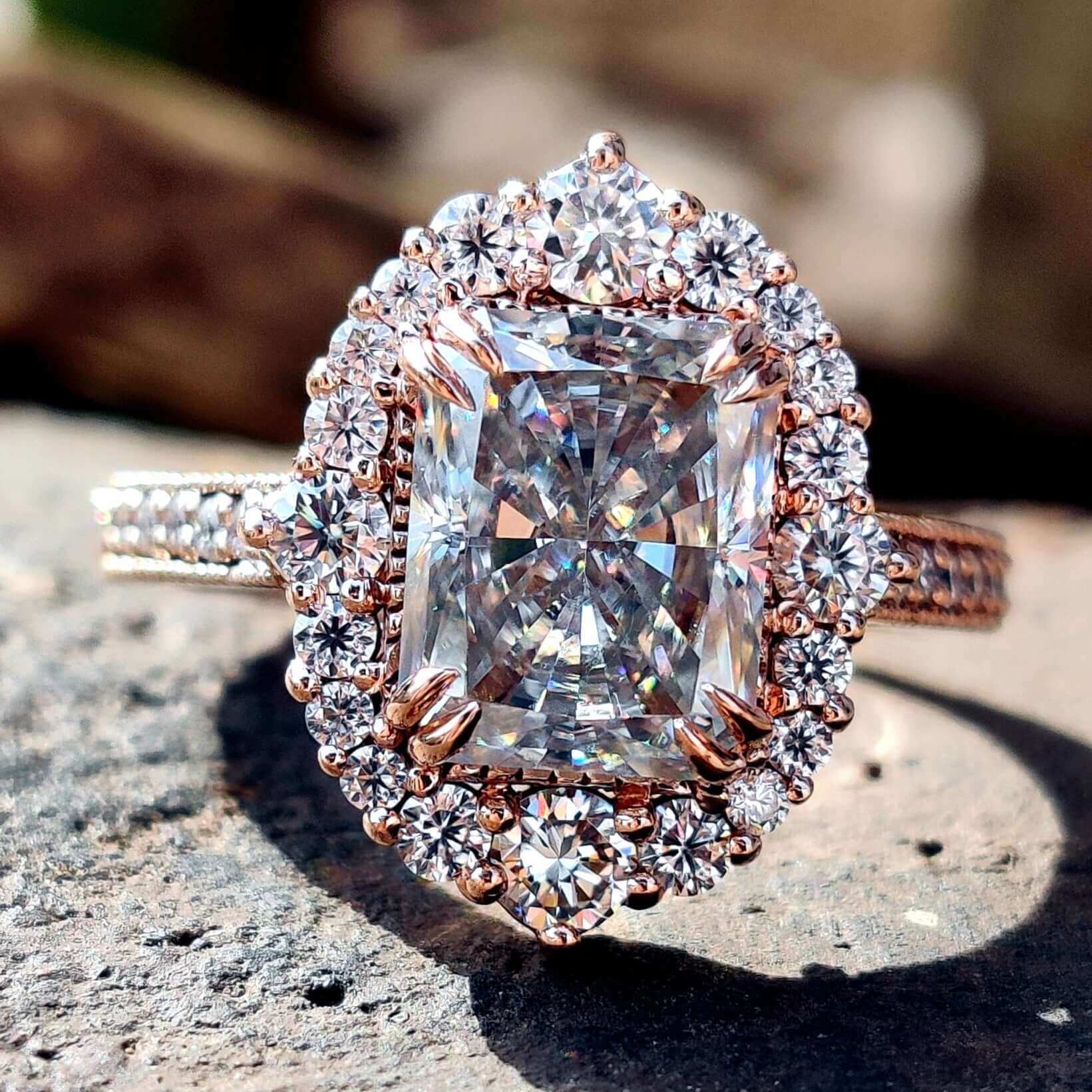
Conclusion:
Wedding rings play a significant role in symbolizing the everlasting love between couples. Whether you prefer classic and timeless designs, vintage-inspired styles, unique and contemporary aesthetics, or gemstone accents, there is a wide array of beautiful wedding ring styles to choose from. Select a ring that resonates with your personal style, captures the essence of your relationship, and complements your individual tastes. By exploring the diverse range of options available, couples can find the perfect wedding ring that represents their unique love story and will be cherished for a lifetime.
